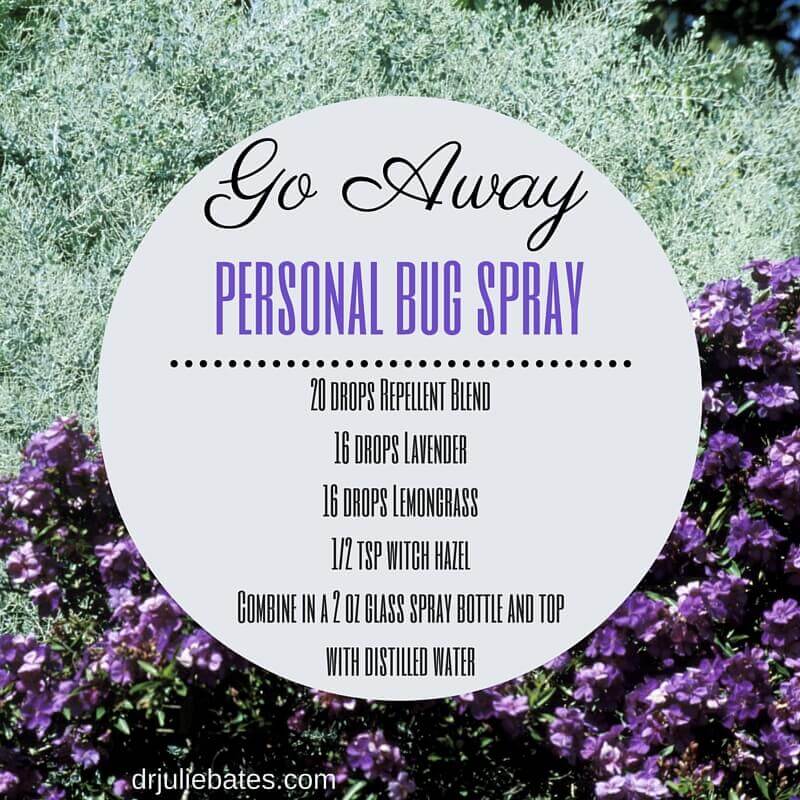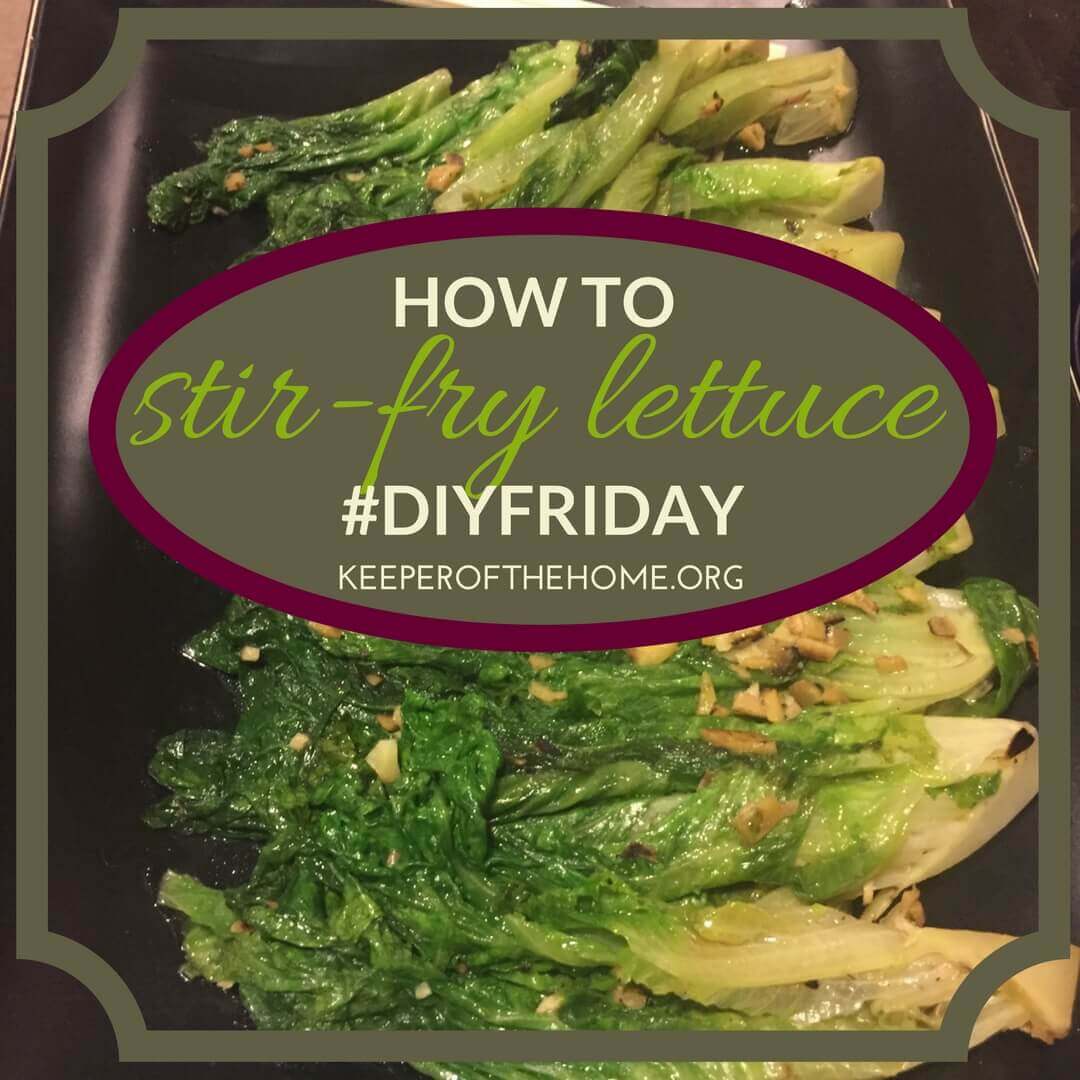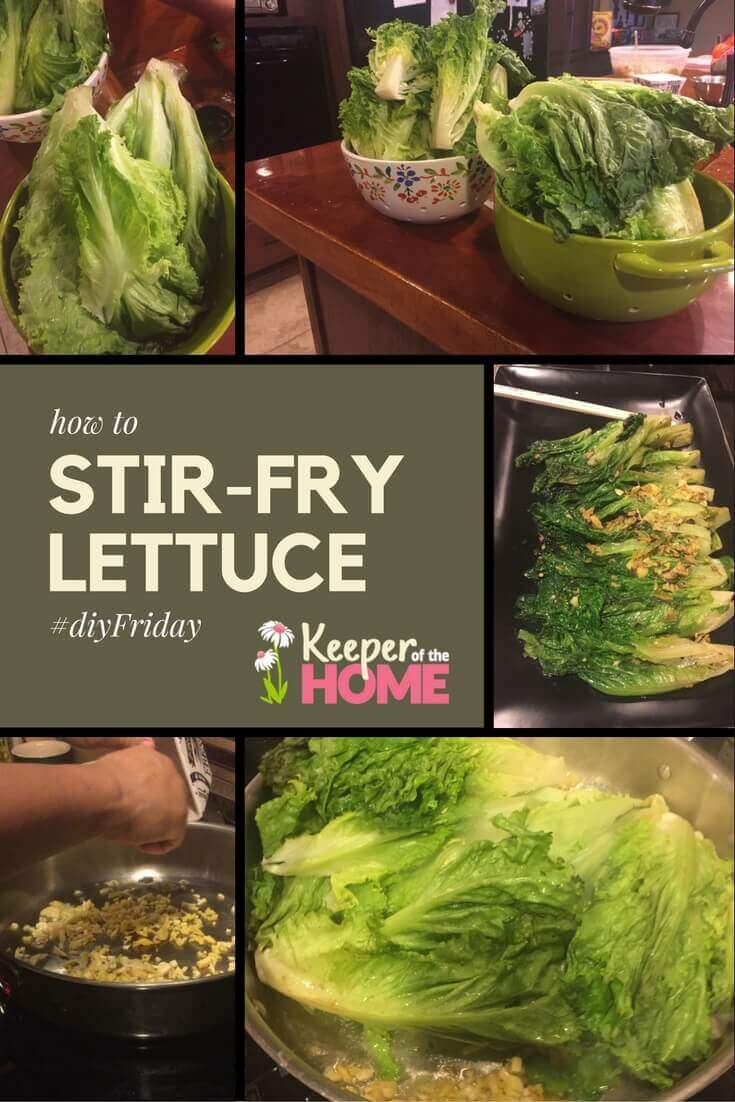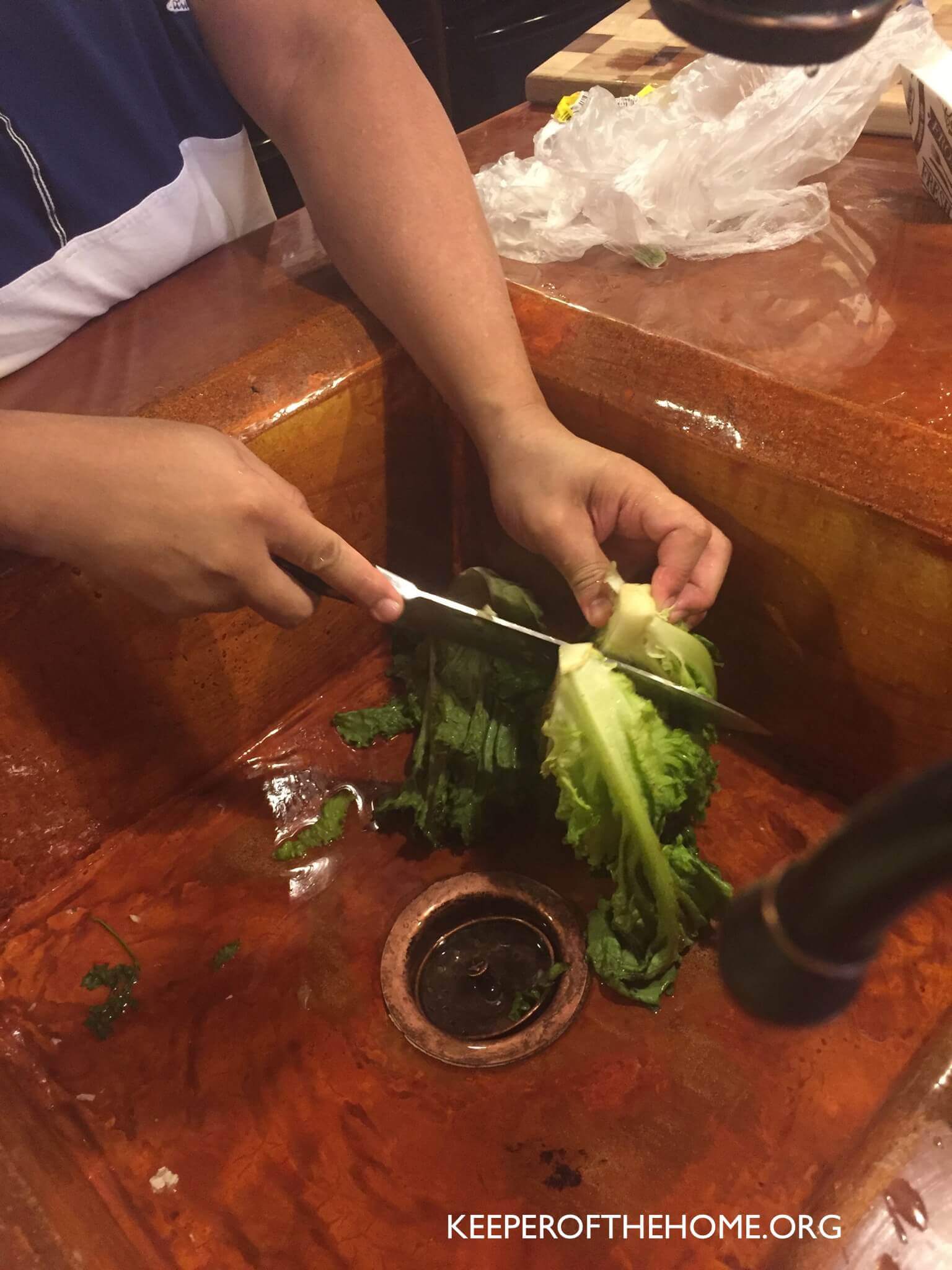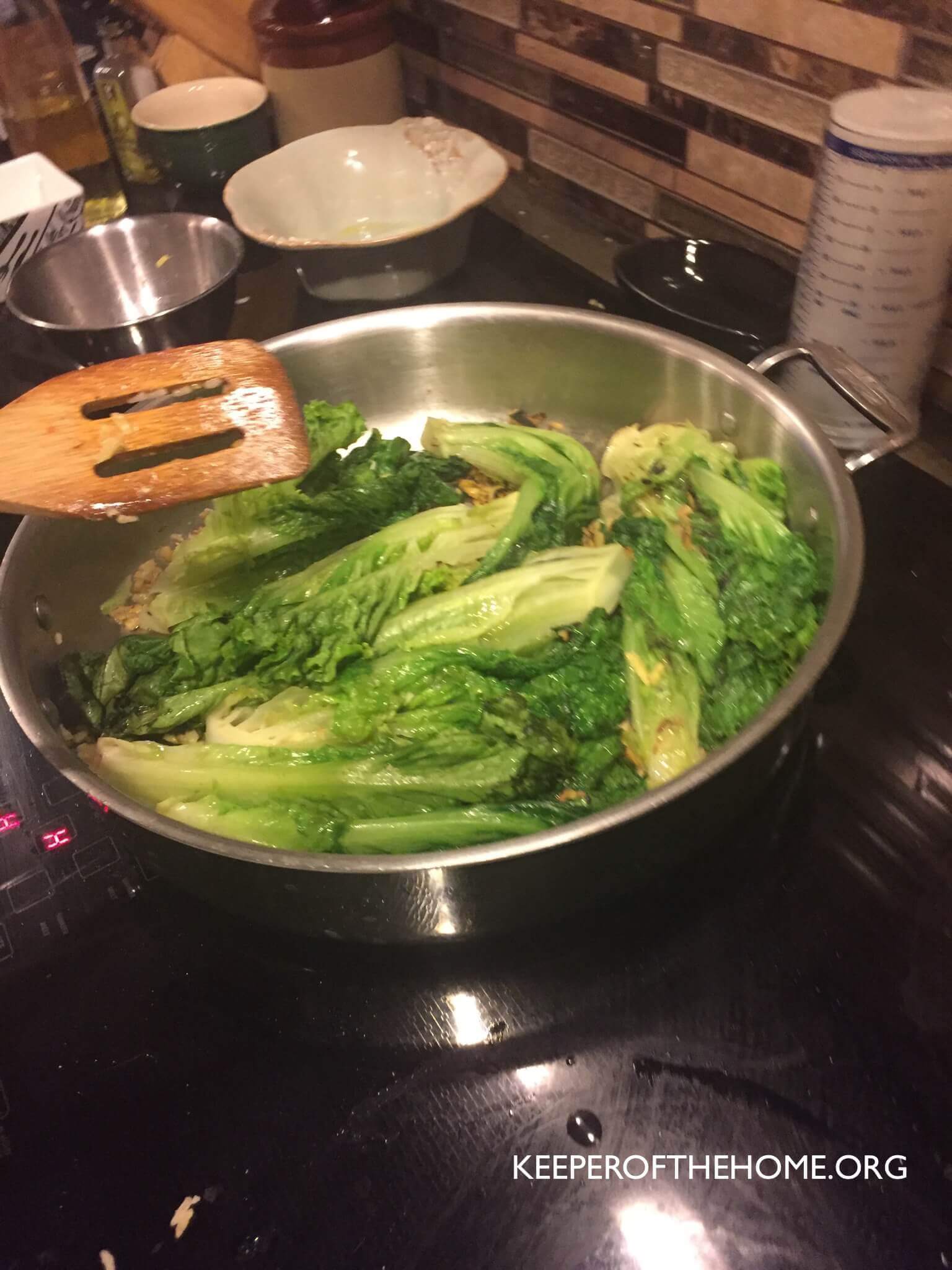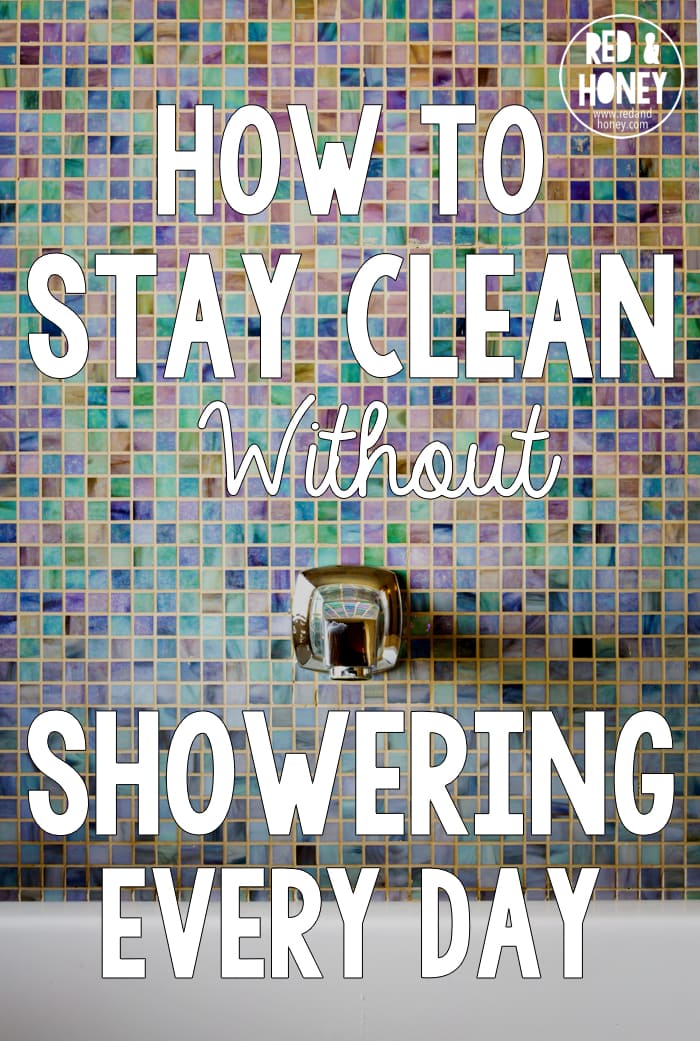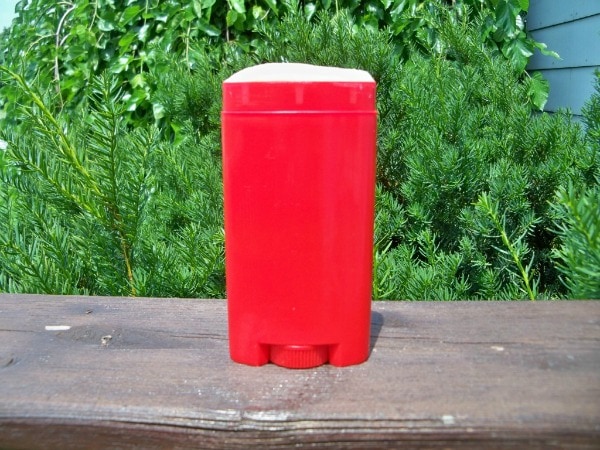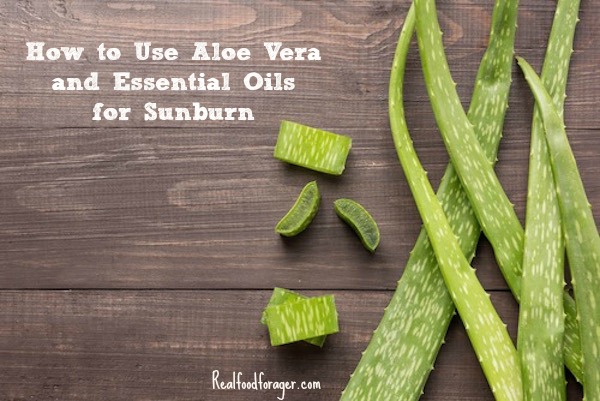
For some people it is a love/hate relationship with the sun – love the sun – hate the burn. Here’s how to use aloe vera and essential oils for sunburn.
When I was a teenager we used to lay in the sun for hours, in search of that glowing tan. My skin does tan well – however there was a time when I was in Florida, in the middle of the winter, and I got a bad sunburn. Thankfully, my wise great-aunt knew how to use aloe vera.
The worst part of the burn was on my chest and upper arms. I don’t want to date myself, but this was before anyone worried about skin cancer.
But blistering skin was painful, debilitating and a vacation spoiler, for sure.
Thankfully, my great-aunt was a woman into natural foods and herbs way before her time. She was in her seventies and practiced yoga and meditation every day and ate lots of raw vegetables. She had amazing vitality and flexibility. She was a great influence on both my mother and myself.
She took one look at me and walked me over to her windowseat full of house plants – pulled out the aloe plant – and told me not to worry.
She pulled out one of the longest leaves, cut a piece off, opened it so the gel was exposed and had me gently rub the gel all over the sunburn. She gave me the rest of the whole leaf that she pulled and instructed me to reapply the gel every hour or two.
I did it as she said and in 2 days the inflammation was way down, the pain was gone and my skin did not feel so stiff. I was able to enjoy my vacation again!
Benefits of Aloe Vera for Sunburn
Aloe vera from the leaf of the plant is primarily made up of polysaccharides and glycoproteins. The polysaccharides aid the skin in generating new skin cells and it helps repair the damage from the suns rays. It does this by forming a protective layer over the damaged skin.
Aloe vera continuously hydrates the skin by penetrating the deep layers of the skin – nourishing the cells with the over 150 vitamins, minerals and trace elements contained in the gel.
The glycoproteins are potent in their ability to relieve the pain and inflammation in the skin. Along with the glycoproteins are other substances that aid in reducing pain and inflammation, such as lidocaine.
Pure aloe vera gel has no chemical additives that you would find in some of the aloe products on the market today. Some of these additives can actually clog the skin’s pores and cause irritation to an already damaged tissue.
Importantly, aloe vera gel is also antibacterial and will help prevent a secondary infection. Aloe is incredibly soothing to sunburned skin.

Aloe Vera for Sunburn
For sunburn, simply cut off a small portion of the leaf horizontally (about 1 – 2 inches), make another cut across the leaf to open it up, scoop out the gel or simply use the outer leaf as a holder and rub the gel onto the skin.
Leave the gel on and reapply every 1 – 2 hours for a new burn, less frequently as the burn heals. If it gets sticky, rinse the gel off with cool water and reapply.
Aloe vera can be mixed with lots of other helpful natural products for sunburn and other skin conditions such as eczema and warts. In these conditions, you would use the mixture over a longer period of time.
You can keep a plant growing inside, so you have easy access to this wonderful healing plant whenever you need it. These days, aloe vera leaves are available in most grocery stores.
As always, use your best judgment and if you think your burn needs medical attention, please do so first. See more of my disclaimer here.
Aloe Vera and Lavender Essential Oil for Sunburn
Once you use a natural product and find it works, it becomes easy to incorporate other products you can rely on for home remedies.
Lavender is gentle enough to use undiluted, yet it also has anti-microbial properties that make it helpful in combination with aloe vera for sunburn.
Lavender is also a lovely way to ease aching muscles in a warm bath with epsom salts. You can also simply rub a few drops into tight muscles or your temples for headache relief.
I use lavender in a coconut oil based cream to rub into my feet before bed. Incredibly, this helps with insomnia. A few drops on the pillow is another way to use lavender.
Lavender essential oil is great for relief of the inflammation in sunburn. Simply scoop out a tablespoon of the aloe gel and mix with 5 drops of lavender essential oil. The aroma is as soothing as the mixture.
Do you love to have effective home remedies at your fingertips?
Are you as Fascinated About Herbs and Essential Oils as I Am?
Seriously, just two items that I am interested in – the Cancer, Nutrition & Natural Healing eCourse by Sayer Ji, a $39.00 value and the The Thinking Parent’s Guide to Natural Remedies by Kresha Faber, a $17.99 value, together are way more than the super low price of The Herbs and Essential Oils Super Bundle! and you will get so much more!
Inspire Your Real Food Healing Journey with my FREE Grain-Free Meals e-Cookbook and Getting Started email series!
Original article and pictures take realfoodforager.com site









